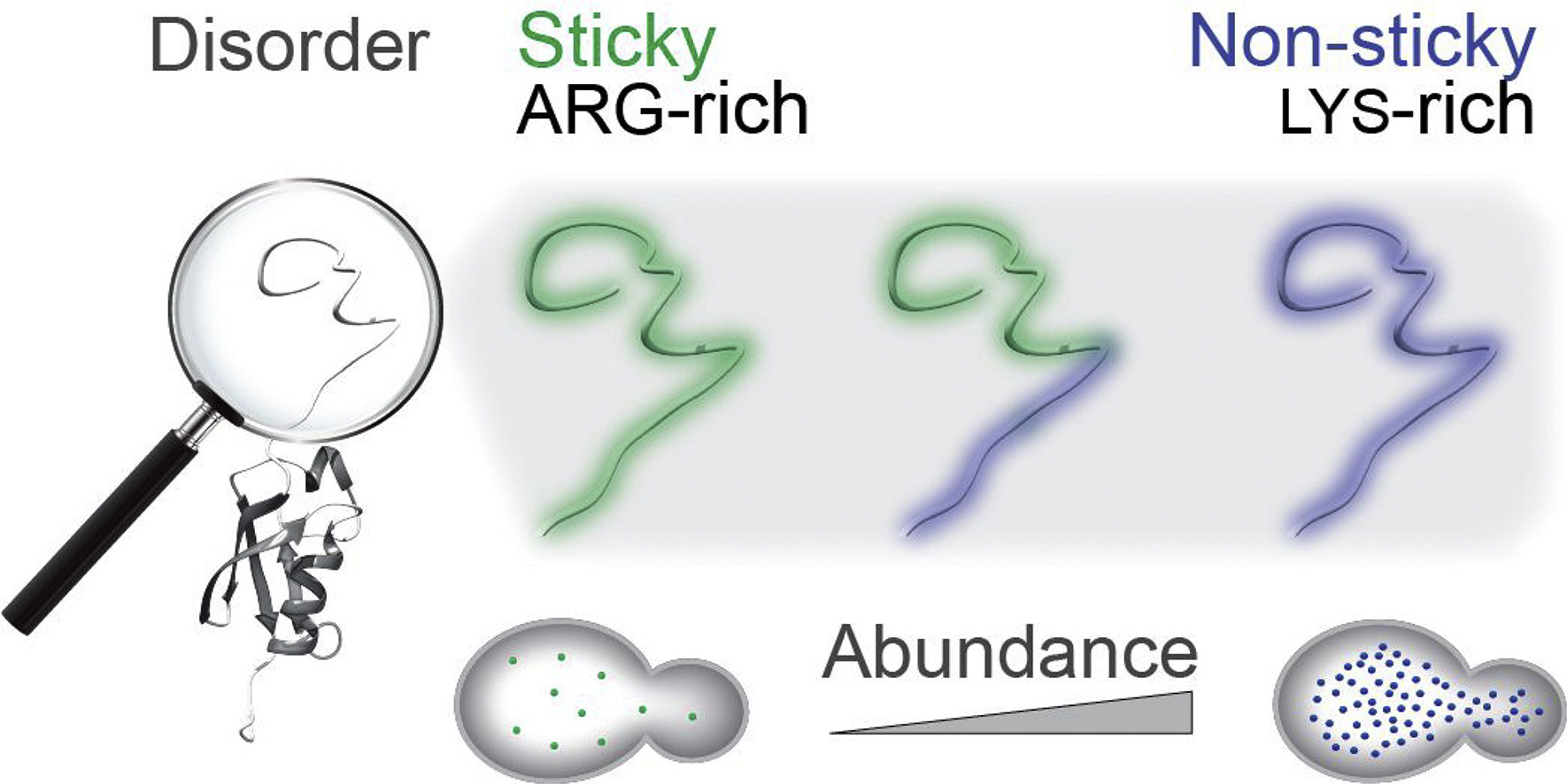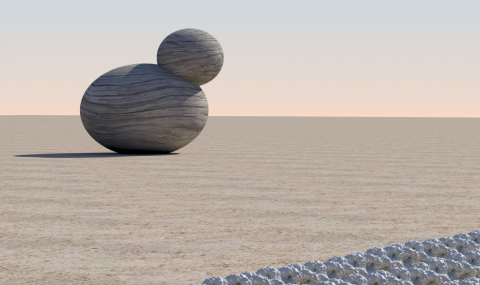The ease with which new protein interactions and assemblies can emerge implies that non-functional interactions are a burden that cells must cope with and evolve with. By the law of mass action, the higher a protein’s concentration, the higher the risk to engage in non-functional interactions. Accordingly, we elucidated several rules by which folded proteins and disordered regions adapt to that constraint. Most notably, they adjust their interaction propensity or “stickiness” to their cellular concentration. Such principles do not only highlight system-wide constraints shaping proteomes but also represent applicable knowledge, e.g., to engineer protein solubility (Dubreuil et al. J. Mol. Biol. 2019).



